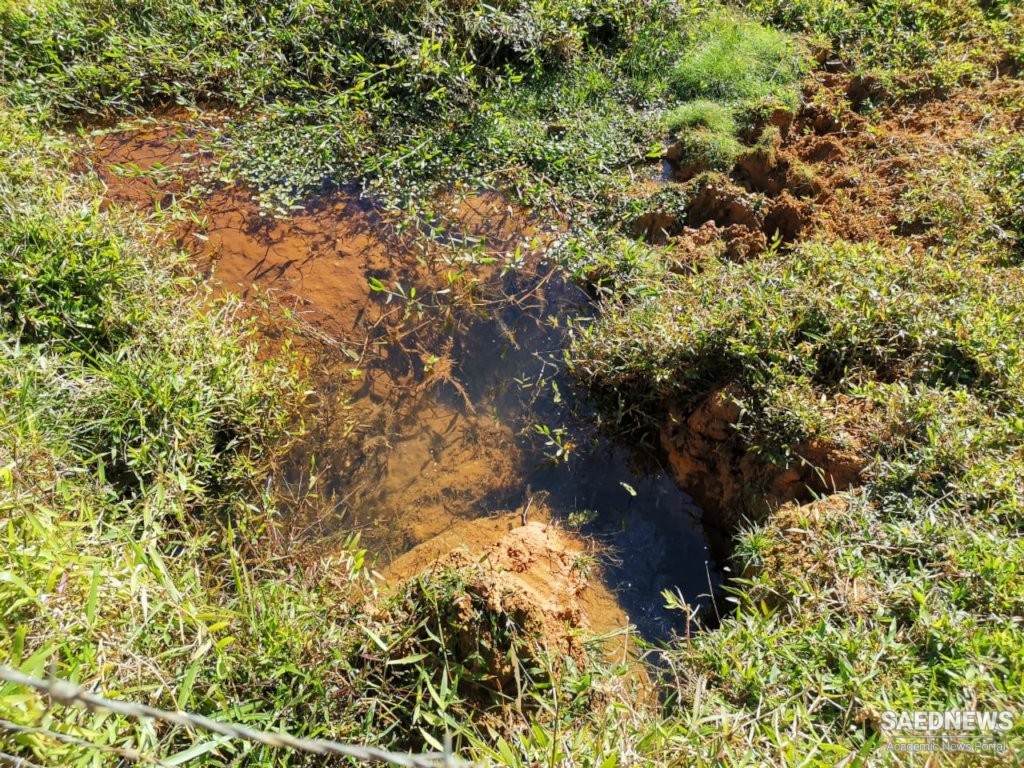This is known as conservation farming and it is being adopted, at varying rates, all around the world. Conservation farming means disturbing the soil as little as possible in order to plant a crop and control weeds; keeping a cover of crop, pasture, or stubble on the ground to build organic matter and prevent erosion; preserving soil moisture; and rotating among different crops so the soil does not become depleted in key nutrients and preserves a rich diversity of life (such as worms and beneficial microbes). It does not necessarily involve heavy use of fossil fuels, chemical pesticides, or manufactured fertilizers, although these form the basis of most high-production farming systems and underpin global food security. Sharp spikes in world oil and fertilizer prices between 2006 and 2008 highlighted the need to design low- input farming systems for both large- and small- scale agriculture. At all scales, conservation farming relies for success on the development of high- yielding, easy- care crop varieties that are capable of withstanding drought, insect attack, and disease; are easy to store or handle; and are more nutritious to eat. It relies on the ability to reincorporate crop wastes back into the soil to make it more fertile. Conservation farming is also important as a means of locking up more carbon from the atmosphere in the soil, making efficient food production a potential way to counter global war.
In the rangelands, where much of the world’s livestock are produced, conservation farming means matching the numbers of animals grazed to the long- term ability of the natural vegetation or pasture to recover and support them, while maintaining the health of the whole ecosystem, including its wildlife. Only lately have tools been developed to give pastoralists a clear understanding of what their land can carry under an erratic climate, when to breed up and when to sell off surplus stock. At present most of the world’s rangelands are being flogged, as the instinctive response of most graziers and herders to low incomes is to carry more animals. Research in China and elsewhere, however, has shown that by reducing sheep or goat numbers, graziers can increase both meat quality and their incomes while restoring the grasslands to a more productive state.


 ‘After 900 nuclear tests on our land, US wants to ethnically cleanse us’: meet the most bombed nation in the world
‘After 900 nuclear tests on our land, US wants to ethnically cleanse us’: meet the most bombed nation in the world














































